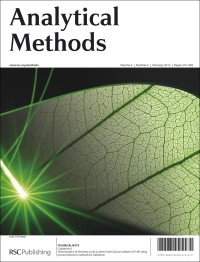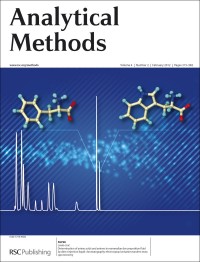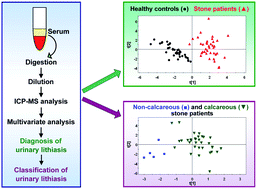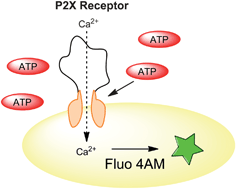Electrophoresis is a very useful separation method employed in a great variety of applications, including the separation and analysis of biological samples (e.g. DNA and proteins) and environmental samples (e.g. pesticide or pollutant analysis). Electrophoresis comes in various different forms (capillary or gel electrophoresis for example) making it a very versatile and adaptable technique.
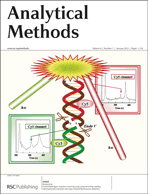 Analytical Methods presents an excellent forum for advances and applications of this technique, and below is a sample of the high-quality work we have published in this area. These articles are free to access until the 13th February 2012 so make the most of this and take a look!
Analytical Methods presents an excellent forum for advances and applications of this technique, and below is a sample of the high-quality work we have published in this area. These articles are free to access until the 13th February 2012 so make the most of this and take a look!
And don’t forget to stay informed of all our latest content by signing up to our e-alert or following us on Twitter: @methodsrsc and @analystrsc.
EndoV/DNA ligase mutation scanning assay using microchip capillary electrophoresis and dual-color laser-induced fluorescence detection, Akira Kotani, Małgorzata A. Witek, John K. Osiri, Hong Wang, Rondedrick Sinville, Hanna Pincas, Francis Barany and Steven A. Soper, Anal. Methods, 2012, 4, 58-64
Thermally responsive polymer as a sieving matrix of proteins in capillary gel electrophoresis, Chun Yang, Chunyan Chang, Jun Wang, Qishu Qu, Xiaoya Hu and Yang Wang, Anal. Methods, 2011, 3, 2717-2720
Assay design considerations for use of affinity aptamer amplification in ultra-sensitive protein assays using capillary electrophoresis, Kris P. F. Janssen, Karel Knez, Jeroen Pollet, Scott J. Roberts, Jan Schrooten and Jeroen Lammertyn, Anal. Methods, 2011, 3, 2156-2159
Recent advances of enantioseparations in capillary electrophoresis and capillary electrochromatography, Huang Lu and Guonan Chen, Anal. Methods, 2011, 3, 488-508
Rapid speciation analysis of mercury by short column capillary electrophoresis on-line coupled with inductively coupled plasma mass spectrometry, Bao-Hui Li, Anal. Methods, 2011, 3, 116-121
Rapid prototyping of polymeric electrophoresis microchips with integrated copper electrodes for contactless conductivity detection, Wendell Karlos Tomazelli Coltro, José Alberto Fracassi da Silva and Emanuel Carrilho, Anal. Methods, 2011, 3, 168-172
Speciation of organotin compounds in environmental samples with semi-permanent coated capillaries by capillary electrophoresis coupled with inductively coupled plasma mass spectrometry, Jing Sun, Bin He, Yongguang Yin, Lu Li and Guibin Jiang, Anal. Methods, 2010, 2, 2025-2031
Determination of paraquat and diquat preconcentrated with N doped TiO2nanotubes solid phase extraction cartridge prior to capillary electrophoresis, Qingxiang Zhou, Jinli Mao, Junping Xiao and Guohong Xie, Anal. Methods, 2010, 2, 1063-1068
Ionic liquids in the assay of proteins, Xuwei Chen, Jiawei Liu and Jianhua Wang, Anal. Methods, 2010, 2, 1222-1226
Ionic mobility of the solvated proton and acid–base titration in a four-compartment capillary electrophoresis system, Renata Mayumi Saito, José Geraldo Alves Brito-Neto, Fernando Silva Lopes, Lucas Blanes, Eric Tavares da Costa, Denis Tadeu Rajh Vidal, Guilherme Minoru Hotta and Claudimir Lucio do Lago, Anal. Methods, 2010, 2, 164-170
Application of dispersive liquid–liquid microextraction combined with sweeping micellar electrokinetic chromatography for trace analysis of six carbamate pesticides in apples, Shuaihua Zhang, Chao Li, Shuangju Song, Tao Feng, Chun Wang and Zhi Wang, Anal. Methods, 2010, 2, 54-62
Comments Off on Developments and applications of electrophoresis











